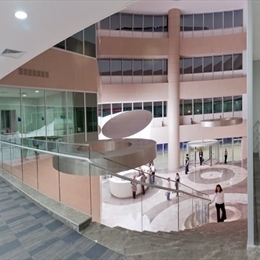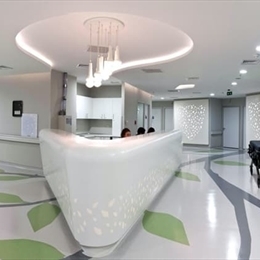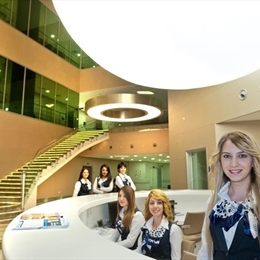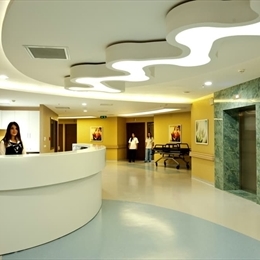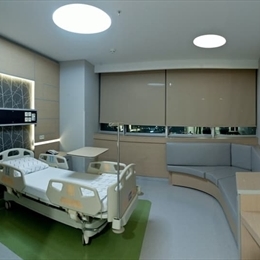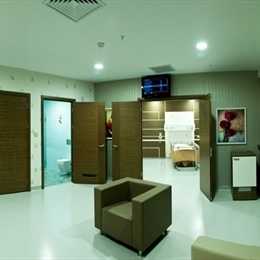Since 2012, Medicana Konya Hospital has managed to deliver all healthcare services in a single facility. It is one of the most significant investments in the health sector. Distinguished by modern technology and technical features, Medicana Konya Hospital is the region's largest and most comprehensive hospital.
An affiliation protocol was signed with KTO Karatay University in 2015 to meet and support the needs of medical education and training, research, practice, and the delivery of healthcare services. Our hospital has 80 physicians, including 32 specialist physicians, 37 physicians with academic titles, eight medical practitioners, 1 Psychologist, and two dieticians.
Indoor Area of 30,000 m2
Medicana Konya Hospital, which has an intensive care unit and bed capacity, is the most comprehensive in an indoor area of 30,000 m2 and meets the needs of the whole region with a 100% occupancy rate in intensive care and neonatal intensive care units. The hospital has a total capacity of 223 beds, including 49 beds in the general intensive care unit, seven beds in the cardiovascular surgery intensive care unit, nine beds in the coronary intensive care unit, 41 beds in the neonatal intensive care unit, and 117 inpatient beds.
- Standard Room
Medicana Konya Hospital has 117 rooms designed to meet all needs of patients and family members. Mini fridge and television are available in our rooms that meet all basic needs of patients and relatives. We have taken precautions and use necessary devices for all risks to ensure safety of patients and relatives in rooms.
- Suite Room
Suites of Medicana Konya Hospital are designed to be “as comfortable as your home” for meeting various needs of patients and companions; the rooms consist of two separate parts. A separate room is present for companions and visitors to meet their needs and rest along with a patient room, where treatments are performed.
- Infectious Diseases
- Endocrinology and Metabolic Diseases
- Dermatology
- Pediatrics
- Neurosurgery
- Physical Medicine and Rehabilitation
- General Surgery
- Thoracic Surgery
- Pulmonary Medicine
- Ophthalmology
INTERNATIONAL PATIENT CENTER OFFICE FOR INTERNATIONAL PATIENTS
Medicana Konya Hospital has a special unit designed for international patients who travel from various countries to meet diagnosis and treatment needs.
- Wenn Sie vom Flughafen kommen
Wenn Sie auf der Straße nach Ankara ins Stadtzentrum fahren, sehen Sie das Krankenhaus, nachdem Sie an der Belh-Kreuzung rechts abgebogen sind.
- Wenn Sie vom Bahnhof kommen
Wenn Sie die Toptancılar-Kreuzung auf der Demiryolu Servis Yolu-Straße erreichen, befindet sich das Krankenhaus auf der rechten Seite.
- Wenn Sie vom Busbahnhof kommen
Es befindet sich auf der rechten Seite, 9 km vom Stadtzentrum entfernt, an der neuen Autobahn von Istanbul.
- Parking Lot
Our hospital has a large parking lot capacity along with valet parking service.
- Cafeteria
Our cafeteria serves patients 24/7, and room service is also available.
- Prayer Room
We have prayer rooms for women and men to allow you to pray comfortably.
All of the medical technological equipment and services available at Medicana Konya Hospital are listed below:
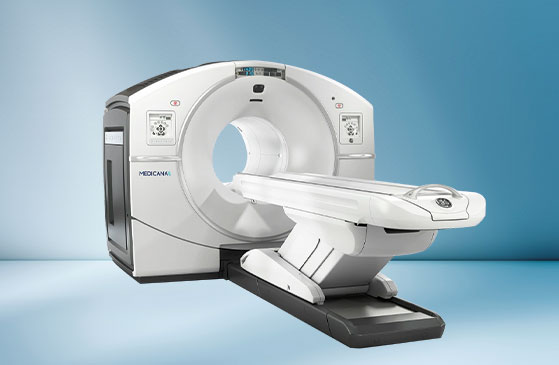
Linac
The linear accelerator (Linac) is a device used in cancer treatment and can generate high-energy radiation. This device is crucial in radiotherapy treatment to destroy or control cancer cells. This method targets cancer cells during radiotherapy while minimizing damage to healthy tissues. Thanks to its dose control and effect features, Linac is a tool used to treat various types of cancer.
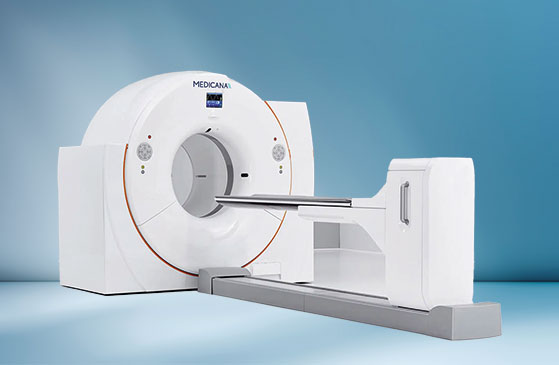
PET-CT
Positron Emission Tomography - Computed Tomography (PET-CT) is used for advanced medical imaging. The images of PET and CT combine anatomical and functional information, providing a comprehensive assessment opportunity. It is primarily used in areas such as cancer diagnosis, treatment planning, and monitoring of the treatment. PET-CT can support early diagnosis of diseases, evaluation of response to treatment, and determination of the extent of disease spread.
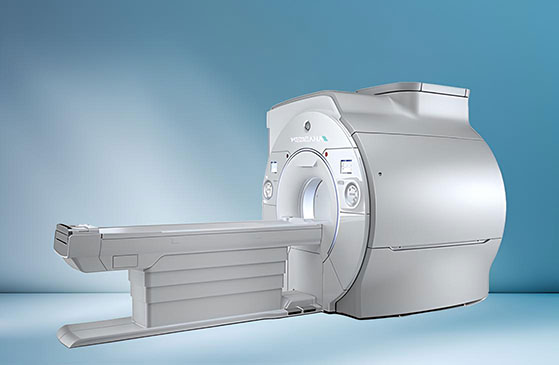
1.5 Tesla MR
The 1.5 Tesla MRI imaging is a technological test that uses radio waves to capture detailed pictures of the body's internal organs. This test can detect diseases in various areas, such as the chest, abdomen, brain, lungs, knee, heart, and pelvis.
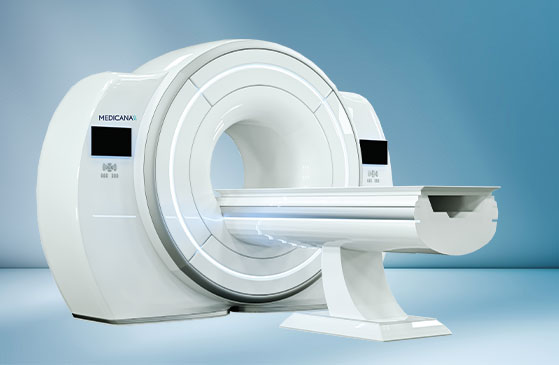
Whole-body MRI
Whole-body MR screening serves as an advanced, comprehensive check-up option for individuals concerned about or at risk for cancer. It scans the entire body in a single session, including the brain and neck, to furnish preemptive information before disease symptoms or tumor dissemination. People with a genetic predisposition to cancer are also candidates for this screening.
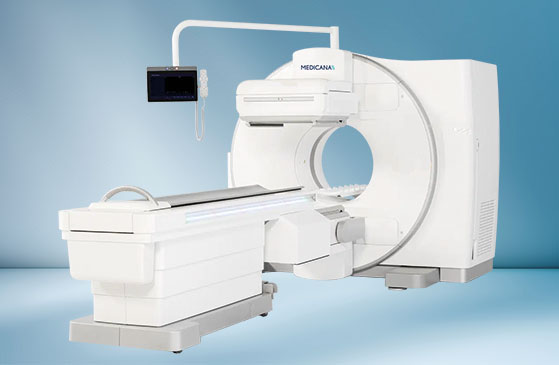
Spect CT
SPECT CT is an imaging technique that allows the use of two different types of images, either separately or together, in a single body scan. The combined images provide information about the functions of body areas and organs. It is mainly used in the investigation of involved lymph nodes in breast cancer, malignant melanoma, head and neck tumors, early-stage cervical cancer, and bladder cancer.
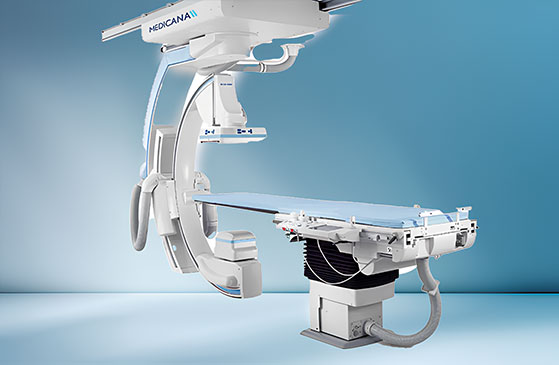
DSA (Digital Subtraction Angiography) Digital Angiography
DSA (Digital Subtraction Angiography) is used for detailed imaging of all the vessels in the body, allowing for the diagnosis of vascular diseases with the images obtained. This method can detect diseases such as narrowing, malformation, and fistulas in the vessels of different body areas, including the brain, abdominal region, skin, arms, and legs.
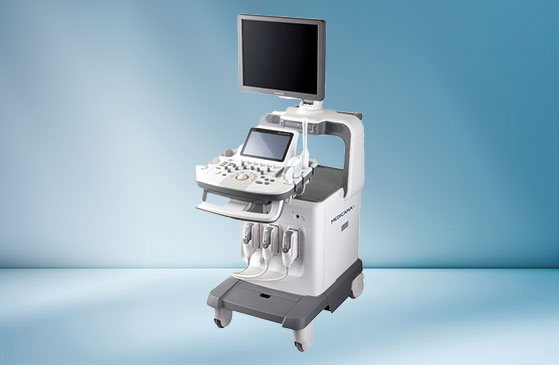
Ultrasonography
Ultrasonography (US) is a method that uses sound waves to produce images. Many diseases can be diagnosed using an ultrasound device. This device, which does not involve radiation risk or side effects, does not cause any pain to the patient. Since ultrasonography does not involve radiation, patients do not experience unnecessary radiation exposure.
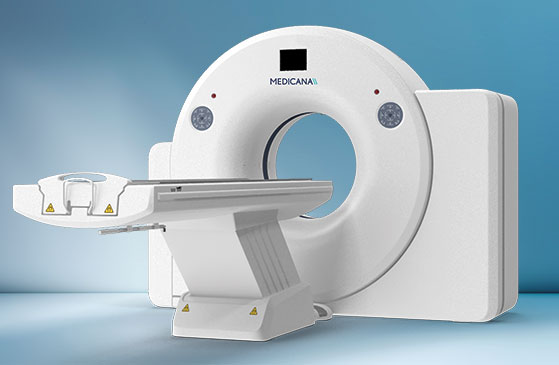
Computed Tomography (CT)
Computed Tomography (CT) is an imaging method that uses special X-ray technology to create detailed pictures or scans of the inside of the body, combining X-ray images to form cross-sectional views of vessels, bones, and soft tissues.
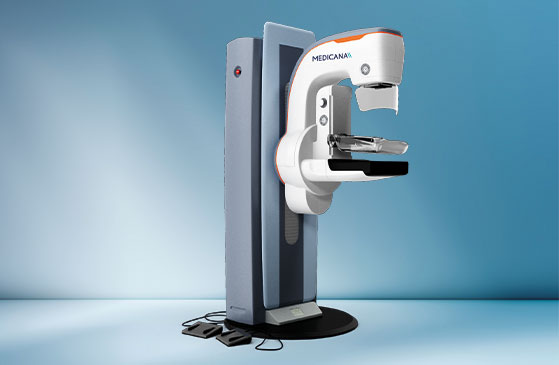
Mammography
Mammography is a radiological imaging method using low-dose rays for screening and diagnosing breast diseases, widely used for early breast cancer detection.
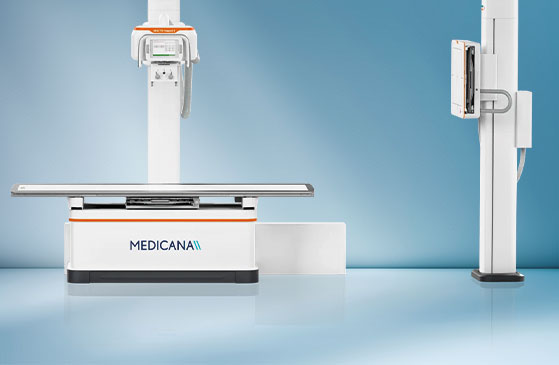
X-Ray
X-ray visualizes the inside of the body, allowing for the imaging of bones and tissues. It plays a significant role in diagnosing many diseases and planning treatment processes.
Quantitative Computed Tomography (QCT) Bone Density Test
Quantitative Computed Tomography (QCT) Bone Density Test measures bone mineral density, typically used to evaluate and manage osteoporosis and determine fracture risk by measuring the mineral content in bones using CT.
Posturography (Balance) Device
The Posturography (Balance) Device diagnoses and treats balance problems. This device converts balance-related data into graphs and numerical values, enabling physicians to identify the source of balance issues.



